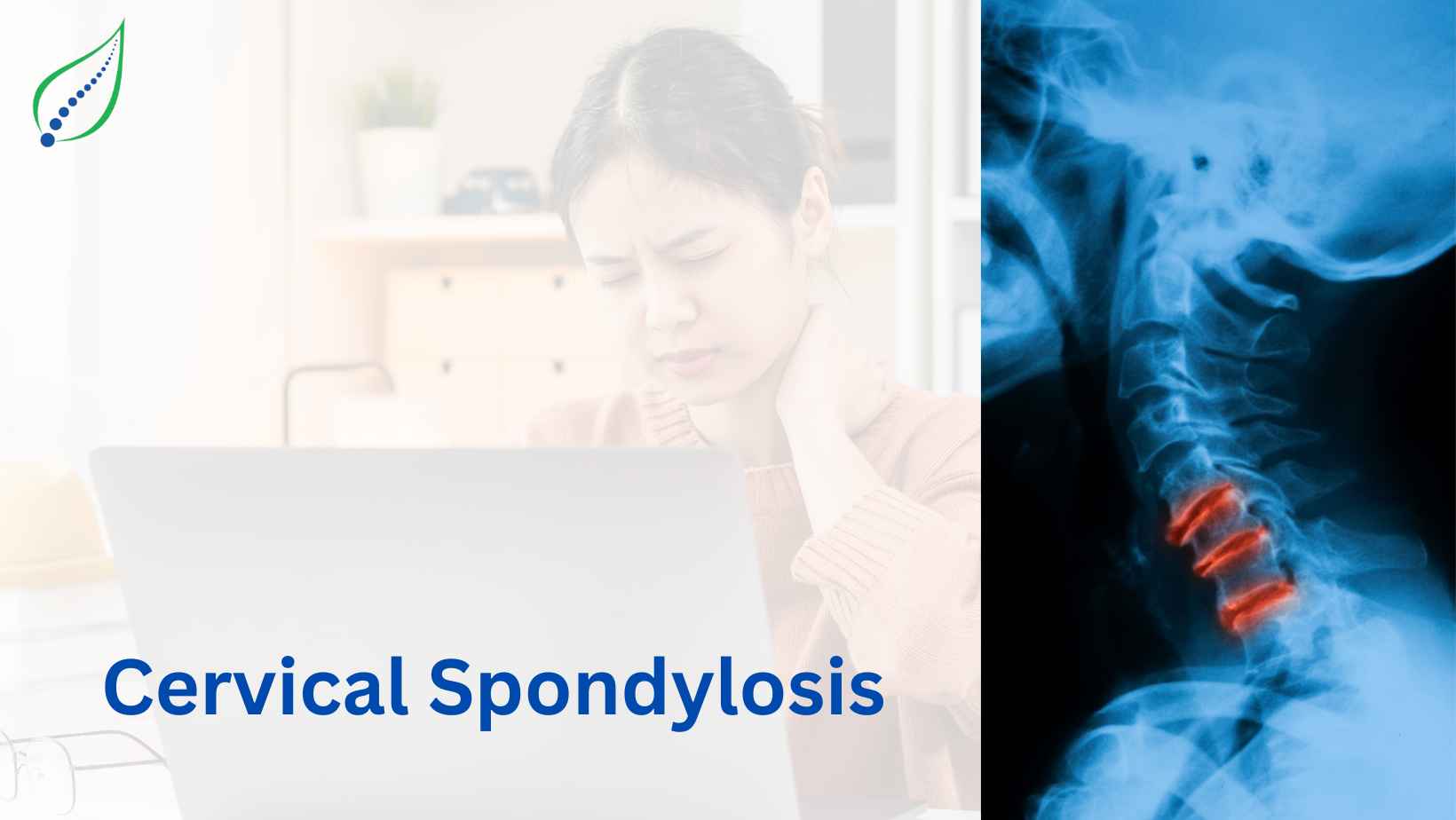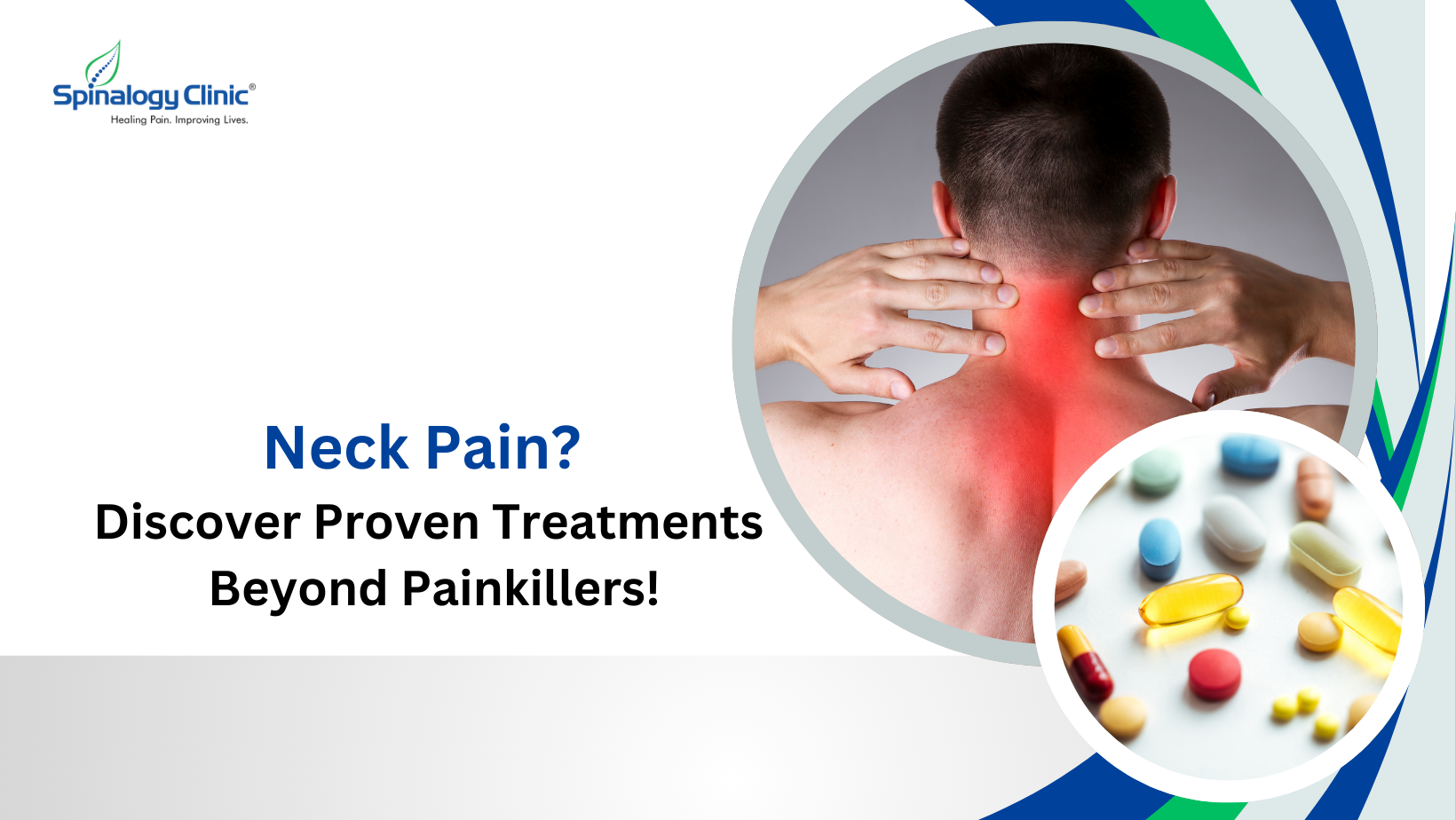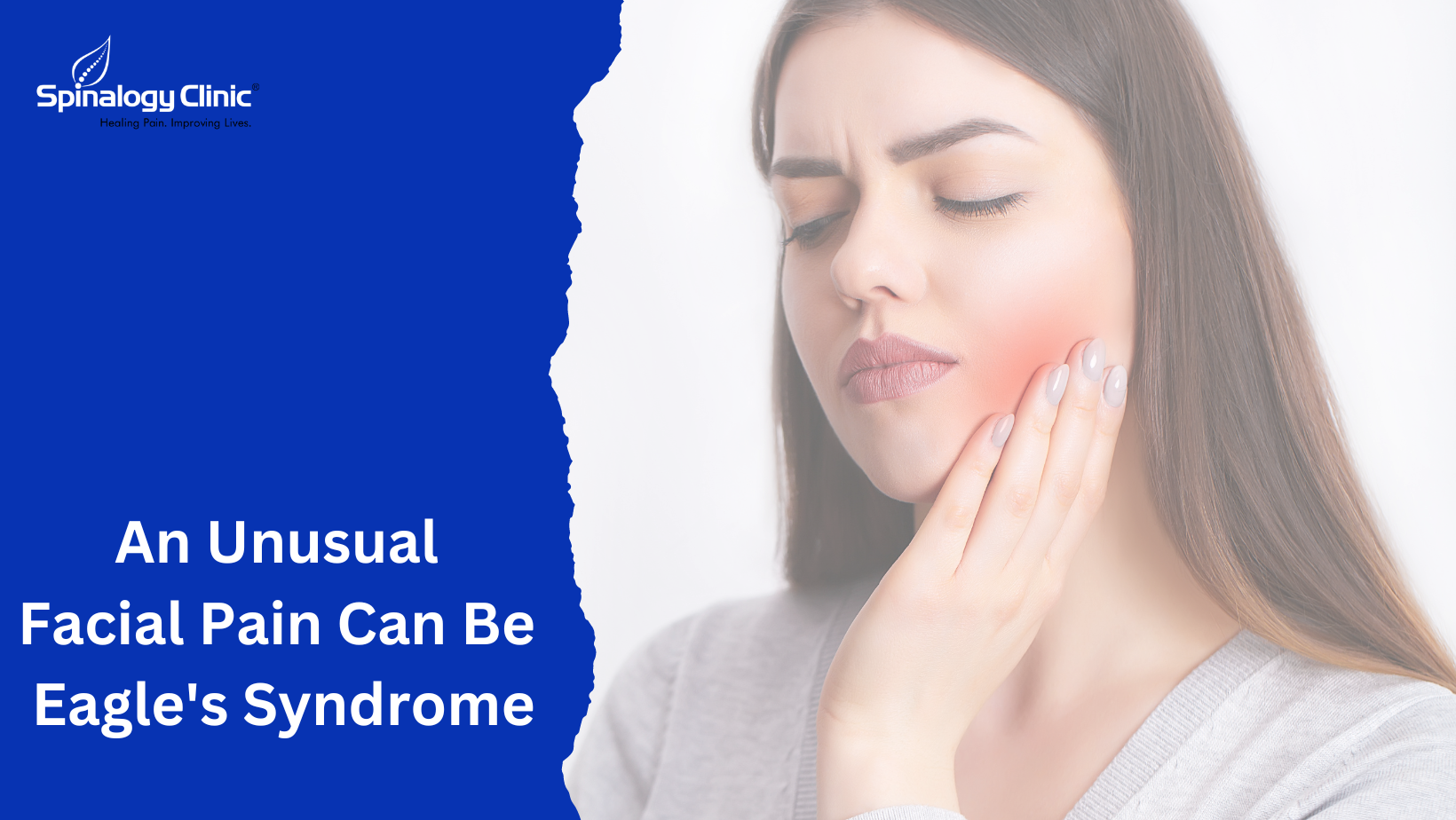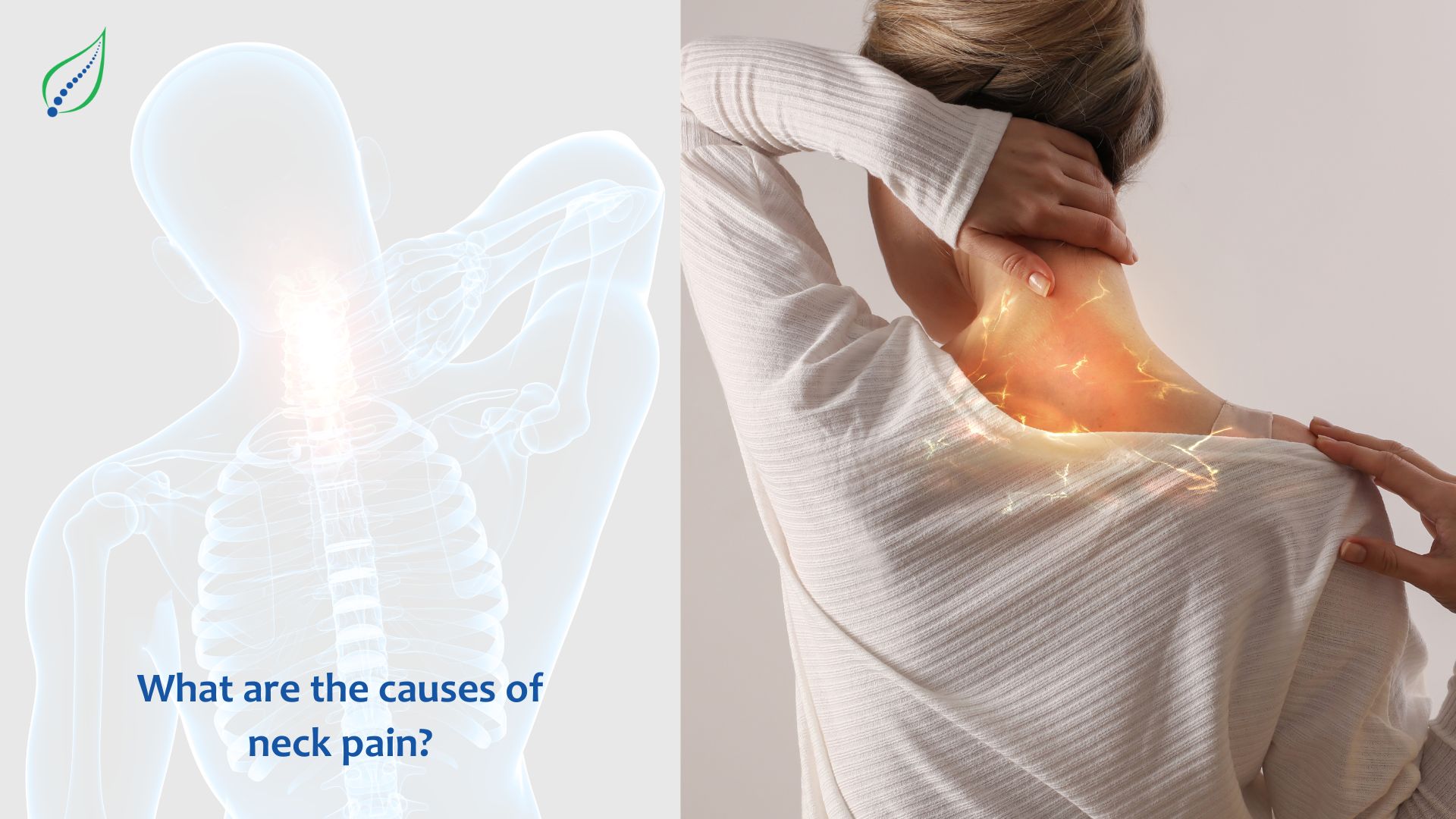Cervical Spondylosis
Cervical spondylosis commonly called as osteoarthritis of the neck. Cervical Spondylosis is a term referring to the degeneration of bones, joints, and discs of the neck over time. Aging is one major cause of osteoarthritis as the bones slowly break down and become stiff due to degeneration process. Pain in the neck area is a very common symptom of this condition and its onset is mostly in middle age. People over the age of 50 often experience discomfort in the neck. Other than aging, injury to the neck can also be another reason leading to cervical spondylosis.
Repetitive activities involving frequent movements of the neck can also lead to cervical spondylosis such as gymnastics. Other than this, poor posture is also a major contributing factor as it puts undue stress on the neck.
Symptoms of Cervical Spondylosis
- Pain in the neck
- Stiffness in the neck area
- Radiating pain starting from the neck to shoulder and arms
- Headache
- Inability to turn neck sideways
- Nausea and blurry vision
The symptoms such as nausea and blurred vision are uncommon and occur in only severe cases. Moreover, the symptoms usually improve with proper rest and mild exercises.
Cervical Spondylosis can also lead to other conditions such as cervical myelopathy. The two conditions can occur at the same time and have the following symptoms.
- Tingling sensation in the arms and legs
- Altered reflexes
- Difficulty in gait (walking)
- Loss of Bowel and Bladder Control in Severe Cases
Diagnosis of Cervical Spondylosis
Your physician will look into your past medical history and inquire about your symptoms. Then a physical exam of the neck and shoulder area, as well as the back would be conducted. Your doctor will analyze your reflexes, gait, strength in arms and legs and also check for any numbness in any part of the body.
Other than a physical exam, imaging tests are also very useful in making a diagnosis. These include X-rays, CT scans, and MRI.
Treatment for Cervical Spondylosis
Non-Steroidal Anti-Inflammatory drugs are also very useful in tackling pain due to inflammation. Muscle relaxants are also very helpful in relieving pain due to muscle spasms. Wearing braces for a short period has also been shown to improve the condition. Long-term use of neck collars or braces is not recommended as it can weaken the body and make it dependent on braces.
Physical therapy is also very common and incorporates heat/ice pads, modalities and therapeutic exercises. The exercises aim at increasing flexibility in the body and regain mobility. Spinal injections have also been shown to considerably alleviate pain by reducing inflammation. Cervical epidural injection, facet joint injection and Facet RF Neurotomy incorporated with each other and are relatively effective even in severe cases.
Lifestyle changes revolve around consuming a healthy diet and maintaining an ideal weight to help the body cope with the pressure and pain. Ergonomic changes in day to day activities can bring significant reduction in pain.
Resting is also very important in managing pain and boosting the recovery process. Non-Surgical Multi-Disciplinary Treatment work best in Cervical Osteoarthritis.




